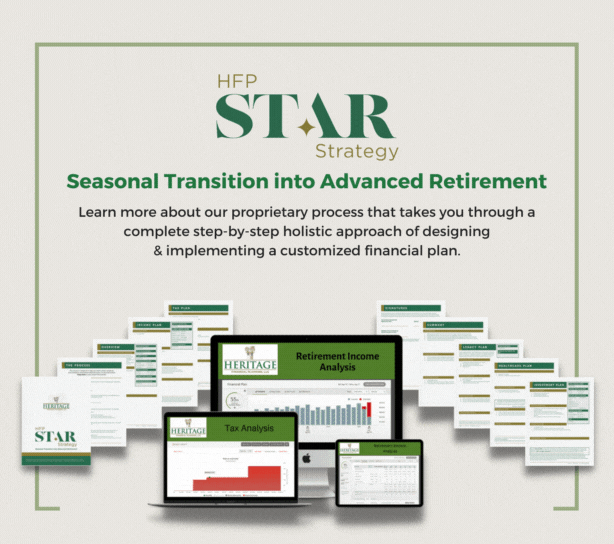Retirement Doesn’t Mean You’re Done Paying Taxes
Many retirees are surprised to find that their tax bill doesn’t drop as much as they expected—or worse, it goes up. Between Required Minimum Distributions (RMDs), Social Security taxation, and income from investments or part-time work, your retirement years could come with a hefty tax surprise if you’re not careful.
The good news? A little tax planning can go a long way. By making strategic decisions about withdrawals, income timing, and account types, you can reduce your tax burden and keep more of your retirement savings working for you.
What Makes Retirement Taxes So Tricky?
In retirement, you typically draw income from a variety of sources: Social Security, traditional IRAs, Roth accounts, pensions, taxable brokerage accounts, and more. Each of these income streams is taxed differently—and when they all come together, they can trigger unintended consequences.
For example:
- Up to 85% of your Social Security benefits may be taxable depending on your overall income.
- Traditional IRA and 401(k) withdrawals are taxed as ordinary income—and they become mandatory starting at age 73.
- Large withdrawals can bump you into a higher tax bracket or trigger Medicare IRMAA surcharges.
These “tax traps” can chip away at your retirement income unless you plan ahead.
Smart Strategies to Reduce Taxes in Retirement
You don’t have to accept high taxes as a given. With proactive planning, you can strategically manage your income and withdrawals:
- Roth Conversions: Gradually converting traditional IRA funds to Roth IRAs in your lower-income years before RMDs can reduce future taxable income.
- Tax-Efficient Withdrawal Order: A thoughtful approach to which accounts you withdraw from (and when) can significantly lower your tax bill over time.
- Qualified Charitable Distributions (QCDs): If you’re 70½ or older and charitably inclined, QCDs allow you to donate directly from your IRA to a charity—satisfying your RMD and avoiding income tax on the distribution.
- Capital Gains Management: Selling appreciated assets strategically from taxable accounts can help you avoid triggering excessive capital gains taxes.
The key is to treat your retirement like a multi-decade financial strategy, not just a fixed-income period.
Make Tax Efficiency a Central Part of Your Retirement Plan
Tax planning isn’t a one-time event—it’s an ongoing process that evolves with your income, expenses, and life changes. Many retirees leave thousands of dollars on the table simply because they don’t revisit their strategy or coordinate tax-smart withdrawals with their financial advisor.
With a personalized tax plan, you can keep more of what you’ve saved—and make your money last longer.
Retire Smarter With Tax Strategies Built Into Your Plan
At Heritage Financial Planning, we use our HFP S.T.A.R. Strategy (Seasonal Transition into Advanced Retirement) to help retirees reduce taxes through every stage of retirement. From income positioning and withdrawal planning to Roth conversion timing and RMD coordination, we help you take control of your tax future.
Ready to stop overpaying and start optimizing? Schedule your personalized retirement tax review today and make your retirement income work smarter, not harder.

Click here to learn more about our HFP STAR Strategy process.
Sources:
• IRS: Retirement Plan Income – https://www.irs.gov/retirement-plans
• Social Security Taxation Rules – https://www.ssa.gov/planners/taxes.html
• Fidelity: Retirement Tax Planning – https://www.fidelity.com
• Heritage Financial Planning: https://heritagefinancialplanning.net/about/heritage-financial-star-strategy/












